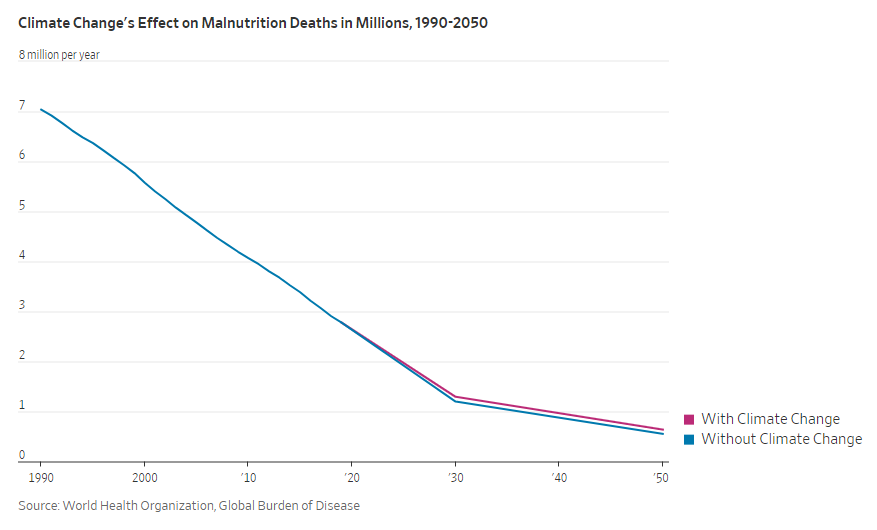(p. A1) Fall was meant to mark the beginning of the end of the labor shortage that has held back the nation’s economic recovery. Expanded unemployment benefits were ending. Schools were reopening, freeing up many caregivers. Surely, economists and business owners reasoned, a flood of workers would follow.
Instead, the labor force shrank in September. There are five million fewer people working than before the pandemic began, and three million fewer even looking for work.
The slow return of workers is causing headaches for the Biden administration, which was counting on a strong economic rebound to give momentum to its political agenda. Forecasters were largely blindsided by the problem and don’t know how long it will last.
. . .
(p. A13) Ms. Eager, who is vaccinated, said that she had always been careful with money and that she built savings this year by staying home and socking away unemployment benefits and other aid. “My financial situation is OK, and I think that is 99 percent of the reason that I can be choosy about my job prospects,” she said.
Americans have saved trillions of dollars since the pandemic began. Much of that wealth is concentrated among high earners, who mostly kept their jobs, reduced spending on dining and vacations, and benefited from a soaring stock market. But many lower-income Americans, too, were able to set aside money thanks to the government’s multitrillion-dollar response to the pandemic, which included not only direct cash assistance but also increased food aid, forbearance on mortgages and student loans and an eviction moratorium.
Economists said the extra savings alone aren’t necessarily keeping people out of the labor force. But the cushion is letting people be more picky about the jobs they take, when many have good reasons to be picky.
In addition to health concerns, child care issues remain a factor. Most schools have resumed in-person classes, but parents in many districts have had to grapple with quarantines or temporary returns to remote learning. And many parents of younger children are struggling to find day care, in part because that industry is dealing with its own staffing crisis.
. . .
When Danielle Miess, 30, lost her job at a Philadelphia-area travel agency at the start of the pandemic, it was in some ways a blessing. Some time away helped her realize how bad the job had been for her mental health, and for her finances — her bank balance was negative on the day she was laid off. With federally supplemented unemployment benefits providing more than she made on the job, she said, she gained a measure of financial stability.
Ms. Miess’s unemployment benefits ran out in September, but she isn’t looking for another office job. Instead, she is cobbling together a living from a variety of gigs. She is trying to build a business as an independent travel agent, while also doing house sitting, dog sitting and selling clothes online. She estimates she is earning somewhat more than the roughly $36,000 a year she made before the pandemic, and although she is working as many hours as ever, she enjoys the flexibility.
“The thought of going to an office job 40 hours a week and clocking in at the exact time, it sounds incredibly difficult,” she said. “The rigidity of doing that job, feeling like I’m being watched like a hawk, it just doesn’t sound fun. I really don’t want to go back to that.”
(Note: the online version of the story has the date October 19, 2021, and has the title “The Economic Rebound Is Still Waiting for Workers.”)


